We’ve all been there – went to the supermarket to buy some groceries and found ourselves buying a whole bunch of stuff we did not actually need. This is something that happens to us all the time, but how come it’s so hard to resist?
Many factors influence our shopping behaviour – one of them being the psychological tricks businesses use to make customers buy more.
Though not much talked about, even you can use some of these tricks to sell your offerings. Here is a list of 15 psychological tricks businesses use to make you buy more.
Price Anchoring
“MRP: $25, Get it for $5“
“Competitor company: $300, Us: $50”
Price anchoring is when you base your decisions on the anchor price – a price you saw earlier. This allows marketers to ‘bribe’ you into buying a more expensive product by telling you that their offering is cheaper.
It is a cognitive bias used most often in sales, where one compares or references another related or unrelated number to establish value for money. It happens subconsciously – the idea is that people will pay more if they see a bigger number first.
For example, a sale for a digital camera might be advertised as “$99” instead of “$150.” This technique is used to make you buy more by suggesting that $99 is a big discount from the retail price – $150.
Scarcity Principle
“Act now! Supplies are running out!”
“89/100 already sold.”
The scarcity principle states that an offering becomes more desirable when it is in limited supply. This is achieved by limiting the number of items available at a specific price.
Businesses use this trick to make you buy more because your FOMO (fear of missing out) on a great deal makes you want to purchase the product ASAP (as soon as possible).
For example, when you’re shopping online and see that only a few of your favourite products are left, you’re more likely to add the product to your cart and check out.
FOMO [Fear Of Missing Out]
“7 of your friends bought this recently”
“You only have 1 hour to take advantage of this deal!”
Fear of missing out is the idea that you believe you might miss an opportunity in the future, so it’s better to take advantage of it now.
When businesses use FOMO in marketing messages, people are more likely to buy because they don’t want to miss out on a great deal or an interesting product.
For instance, when you see that your friends all purchased one product, you might get a similar one to avoid being excluded from conversations. Perhaps even if the product isn’t something you would use or need – you’ll still buy it because your friends bought it and that means there must be something about it!
Social Validation
“47 out of 50 doctors recommend this.”
“Alex: I loved how comfortable these shoes are.”
“Linda: I love using this toothpaste. It really whitened my teeth!”
Social validation or social proof is when businesses use the power of social influence to increase sales. It is used all over the place – from online reviews, “people also viewed” lists for items on e-commerce websites to listings of top-selling products.
When businesses use this trick to make you buy more, they’re showing how popular their product is with other people just like you! This lets you know that you’ll be in good company if you buy the product.
For example, when you’re looking to buy a new laptop and see dozens of positive reviews for it, your confidence in buying will increase. You’ll also be more likely to make the purchase because other people like you all bought the product before!
Loss Aversion
“Pay $300 today or $500 after your birthday.”
“Headache daily could be a sign of serious illness. You wouldn’t want to get a late diagnosis.”
Loss aversion is the idea that people feel the pain of loss more intensely than they feel pleasure from gain. It’s because we have a tendency to protect ourselves from losses rather than achieve gains.
When businesses use loss aversion in their marketing messages – for example, using a message like “Pay $300 today or $500 after your birthday” – it directs your mind towards the negative “loss” of spending $200 more in future rather than the positive “gain” of saving $200 today.
This makes you buy more because the fear of a potential future loss is stronger than the excitement for a future gain.
Loss aversion works all over the place – from selling insurance to encouraging increased consumption with “low deposit” schemes and “free trials.”
For example, when you need to buy insurance, the company will try to make you think about what could happen if your house was damaged – how much it would cost and how much regret you’d feel for not purchasing the insurance.
Micropayments
“Game is free, but you need to pay $0.5 for every extra life.”
Micropayments are an online business model that involves selling extremely small-value items, typically digital goods.
This strategy is often used in freemium business models where a basic product is provided for free, but a fee is charged for advanced features – like buying extra lives in a game.
When businesses use this trick, you might not even notice the additional purchases, especially when it’s simply adding up to a few dollars or less per transaction.
In fact, your attention isn’t drawn to the money being charged as the product is being described in a way that benefits you. For instance, in the case of playing games – getting extra lives or points to progress further means you get more enjoyment out of the game.
The end result? You might not even notice that you’re spending money on this “micropayment” until much later when it’s added up.
Businesses often earn more revenue using micropayments than they would have if you paid upfront for the product or service because it’s much easier to part people from their money when they don’t even notice it.
Bundling
“Buy the new iPhone ($899) along with Beats headphones($299) for just $999!”
“3 games for $12 or each game separately at $5.”
Bundling is when businesses offer multiple products or services together at a lower price than the total individual cost. Companies like phone networks often use this to get you to pay more money for things you might not actually need if they were sold separately.
In simple terms, when businesses sell you bundles, they just want you to pay more than you would have if you just bought the products or services you actually want in the first place.
An example is when a sports clothing company bundles shoes (worth $72.5) and socks (worth $5) together. It makes you buy both items ($75) even if you only wanted to buy the shoes. That is, you didn’t actually save $2.5; you paid $2.5 more than you would have if you bought just the shoes.
Decoy Effect
- Small: $3 (300ml)
- Medium: $7 (750ml)
- Large: $8 (1 litre)
“Which one would you choose? Medium or large?”
A sane choice would probably be to choose the large option as it is just $1 expensive but the quantity is a lot more.
Here the medium option is introduced to be a decoy to make the large option more favourable and to pull you away from even thinking of buying small.
If there were just small ($3) and large ($8), a large chunk of people would have gone for small as there were no other options. But with the introduction of the medium, people are now being “tricked” to buy large instead as they ignore the (cheaper) small option.
The decoy effect is this phenomenon in which a given setup of two options, a third asymmetric choice is provided to let the customer go in favour of the more profitable option.
Usually used as a negotiation strategy, businesses will create a third option that doesn’t reflect the first choice but lets them sell you a more expensive product or service.
Decoy effects are commonly used in restaurants, entertainment, and SAAS services. They are also often used to sell you an upgraded version of something when in fact the standard version is more than enough.
Shrinkflation
“The same old candy at the same old price”
…but 30% smaller.
Shrinkflation is when a company changes every feature of the product but not the price to mislead customers into thinking they are still getting the same thing for the same price.
This trick is often used in groceries where companies might reduce the product’s weight by the same percentage as the price reduction. They may end up shrinking the packaging or even introduce a jumbo package with less product quantity to make it look like you’re buying more at a discounted price.
In other words, shrinkflation lets you get less for the same money and still think you’re paying the “same” amount.
The Gruen Transfer
“I’m here to buy toilet paper but that t-shirt looks great too. Wait, did I end up buying all this stuff?”
The Gruen Transfer is a marketing strategy used to make you buy more products by making the shopping experience confusing and busy.
This technique is often used in malls around Christmas time when they want to distract you from what you actually came for. The strategy involves using overwhelming design elements to make you buy unnecessary products.
The term was coined after Australian architect and urban planner, Victor Gruen, designed the layout of a new shopping mall Southdale Center, in Edina, Minnesota. The complex’s design was meant to generate as much revenue as possible and serve as a model for future malls worldwide.
Ikea is best known for using this technique to design its stores. They want their customers to stay as long as possible so they have more chances of selling them something.
Periodic Equivalent Pricing
“Get this for as less as $0.5 a day.”
“$10 per month”
Periodic equivalent pricing is a marketing strategy where the price of an item is divided into smaller instalments so it appears to be cheaper than it actually is.
This trick makes customers think that large, expensive items are more affordable and thus more desirable.
For example, marketing the price of a SAAS as $0.4 a day instead of $140 a year would make it seem way less pricey than it actually is, even if you’re paying $140 anyway.
Parasite Placements
“I bought these candies kept near the billing counter.”
Parasite placement refers to placing small value items at places like billing counters, POS, etc., where you are more likely to buy them while waiting for something.
This trick works on impulse buying and the idea of the availability heuristic, which states that we tend to overestimate the prevalence of desirable or likeable items in our environment when such items are more available (visible) than undesirable ones.
For example, you’re waiting for your bill at a supermarket and a basket of candies is placed next to the POS. You might not have intended buying them, but since they’re right there, you might as well get them for a dollar.
Simple Pricing Strategy
“$1499 instead of $1,499.00”
The way companies use commas and periods in their price tags also affect customers’ perception of how much they really cost.
For example, the number $1,499.00 appears more expensive than $1499 even though they both cost the same amount of money.
High Manufacture Cost Portrayal
“It is 100% organic. It must be expensive to manufacture.”
High manufacture cost portrayal makes you think that the product is pure and of high quality.
This trick often involves marketing products as being made in limited quantities or including pictures of factories, etc., to make customers feel like the product will soon become obsolete.
For example, portraying a product as 100% organic and telling a story of how difficult it is to manufacture would make you believe that its high price is justified since it’s so expensive to produce.
Frequency Illusion / Baader-Meinhof Phenomenon
“That brand is everywhere.”
Frequency illusion or Baader-Meinhof phenomenon (also known as recency illusion and availability cascade) is a cognitive bias that describes the tendency of people to think that things they have recently encountered will come up frequently.
This cognitive bias explains why you believe that a certain brand is everywhere when in fact, it’s not.
Because you see it so often, you start believing that other people are using it too and thus buying the product.
Go On, Tell Us What You Think!
Did we miss something? Come on! Tell us what you think about our article on psychological tricks businesses use to sell more in the comments section.
A startup consultant, digital marketer, traveller, and philomath. Aashish has worked with over 20 startups and successfully helped them ideate, raise money, and succeed. When not working, he can be found hiking, camping, and stargazing.
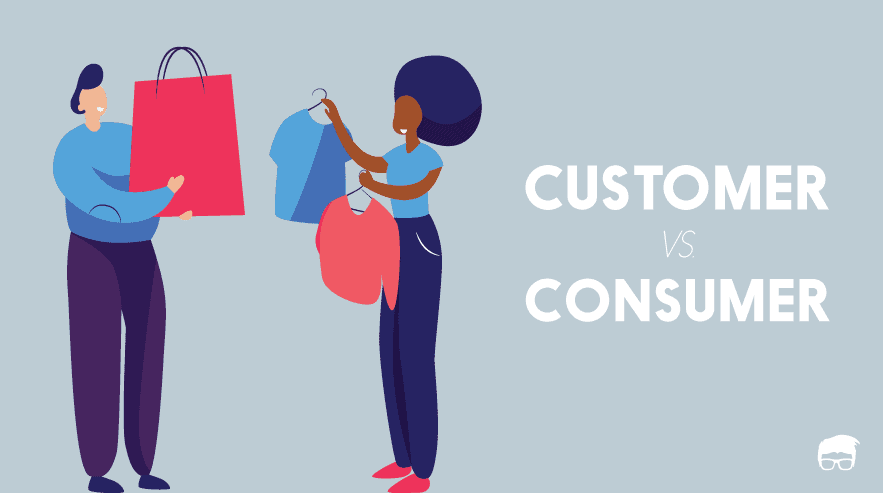
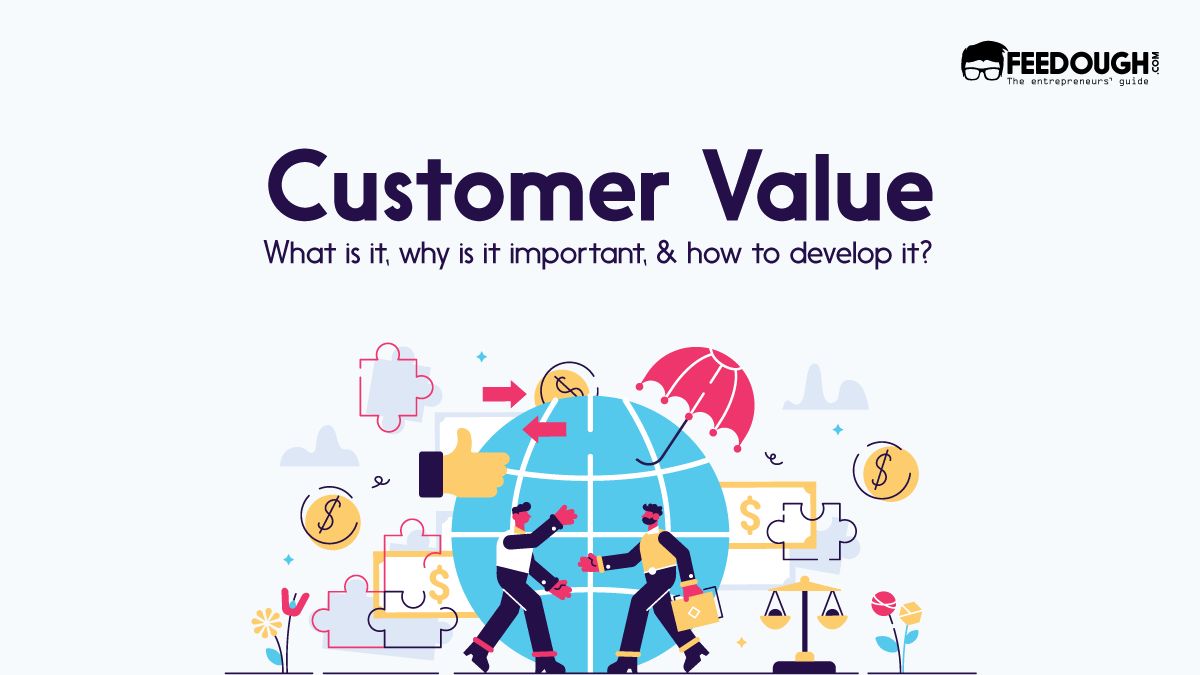
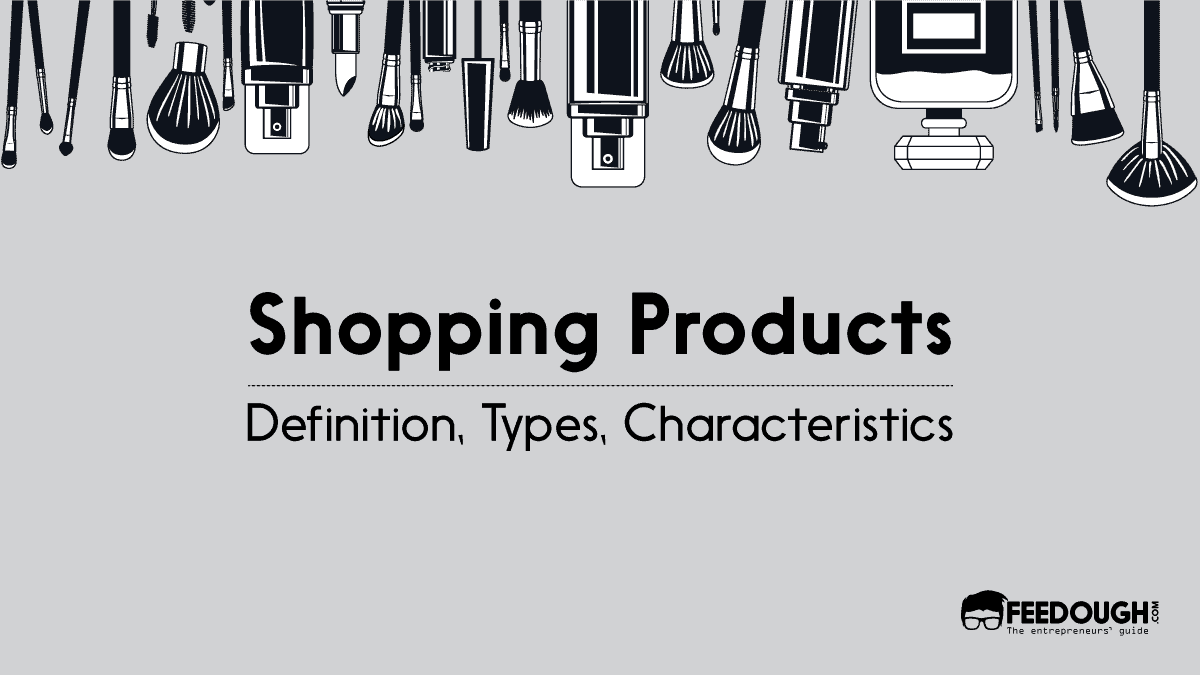
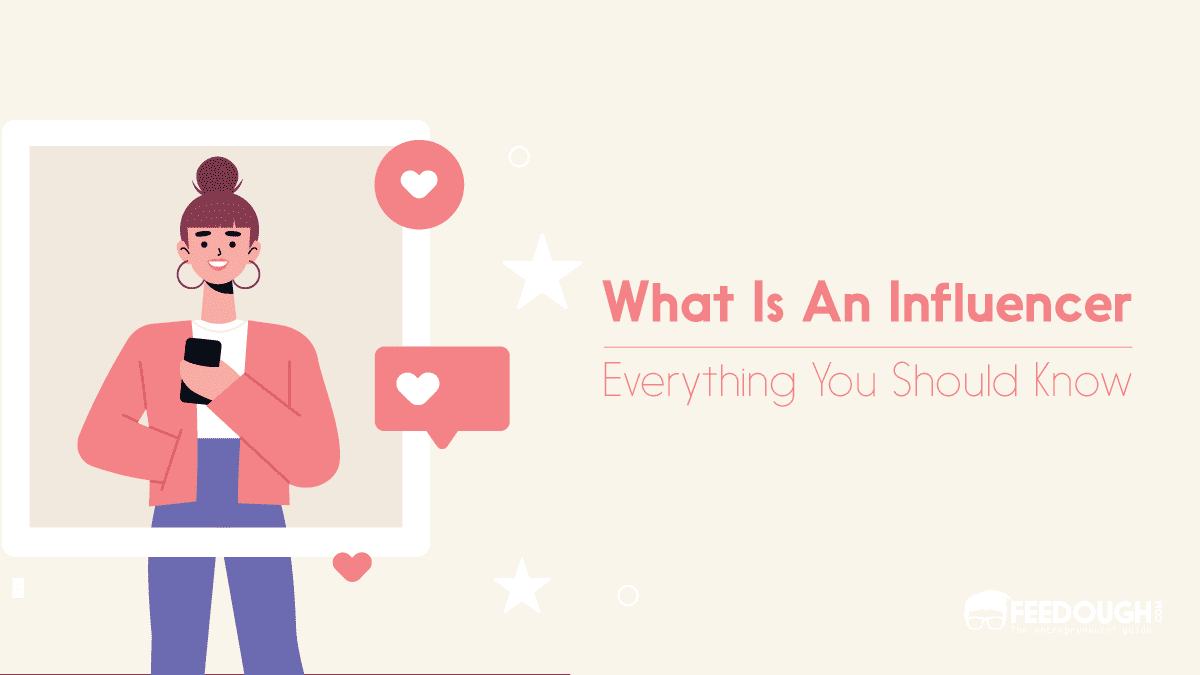
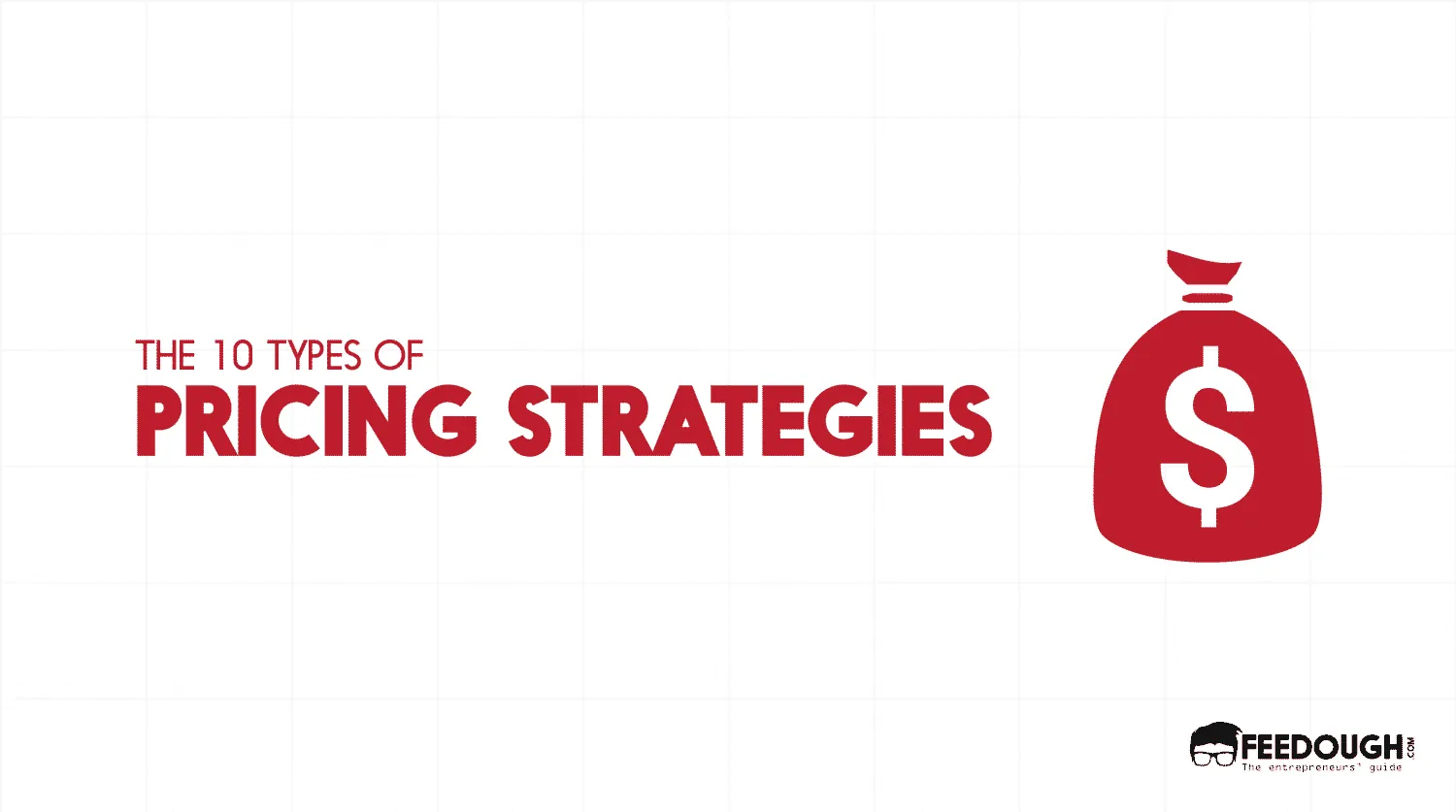
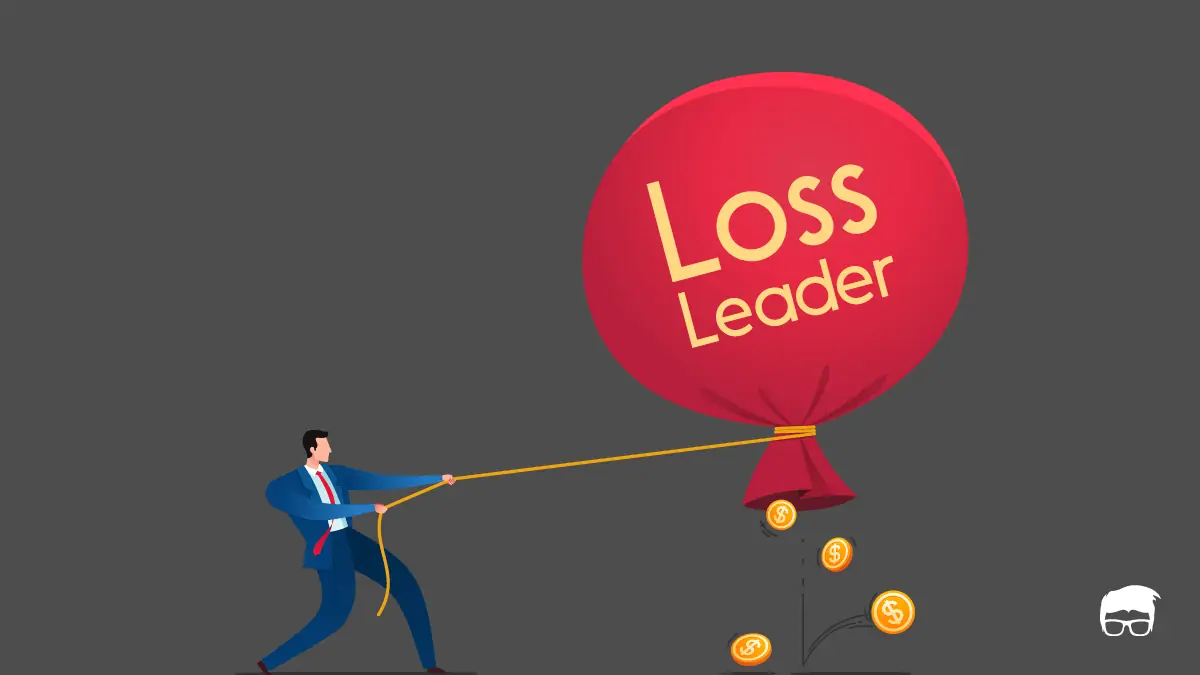
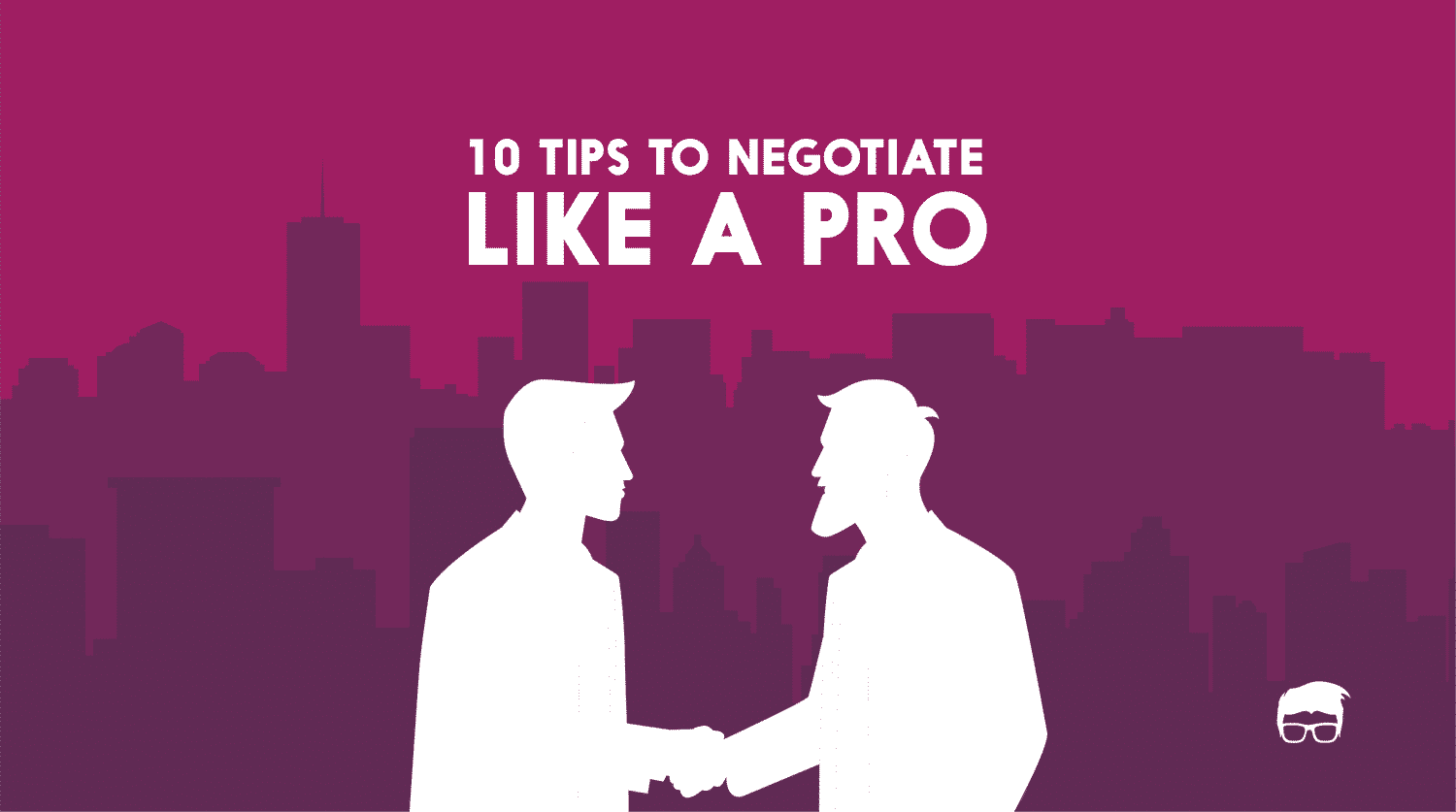
![What Is Consumer Behaviour? [Detailed Guide] CONSUMER-BEHAVIOUR](https://www.feedough.com/wp-content/uploads/2018/08/CONSUMER-BEHAVIOUR.webp)
